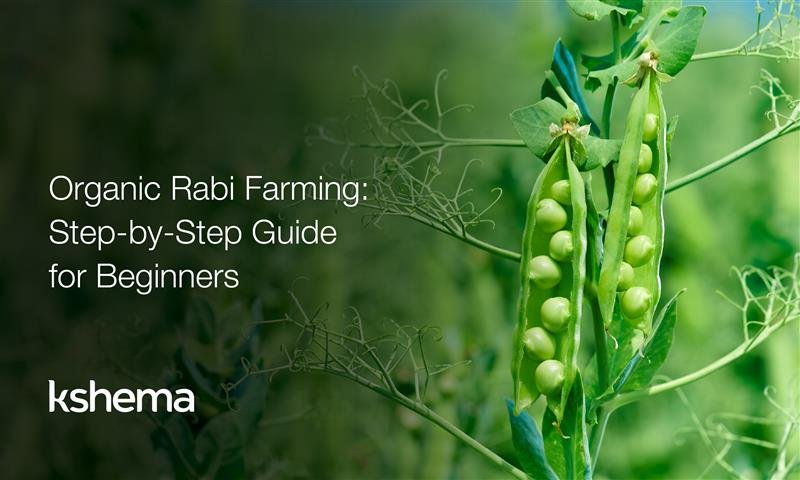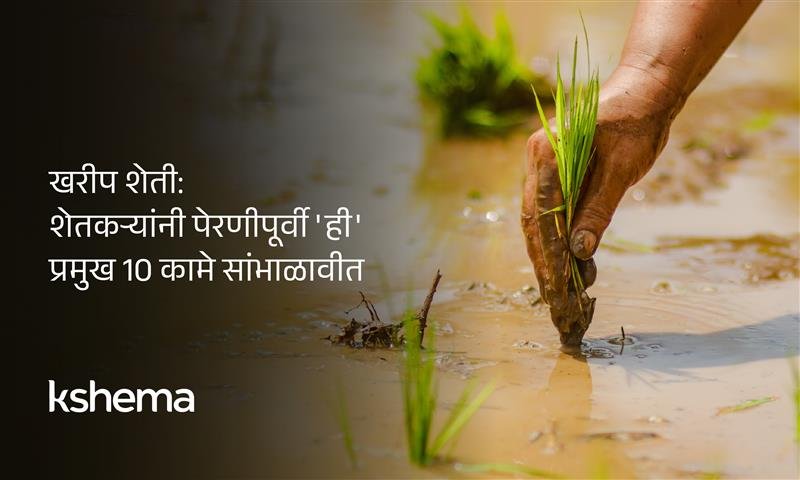AI in Agriculture: Transforming Indian Farming in 2025
Artificial intelligence (AI) is steadily reshaping one of India’s most traditional and vital sectors —agriculture. In 2025, AI in agriculture in India is not merely a concept; it’s a transformative force reshaping farming practices, empowering Indian farmers, and driving sustainable growth bringing tangible benefits to Indian farmers, especially in an era marked by climate uncertainties, rising input costs, and the need for sustainable food production.The Digital Evolution of Indian Farms
India’s agricultural sector, employing over half of the country’s workforce, has historically depended on monsoons, manual labour, and traditional knowledge. However, with the proliferation of smartphones, internet connectivity, and government initiatives supporting digital literacy in rural areas, a new wave of tech adoption is underway. AI is at the forefront of this change, offering intelligent solutions for crop planning, pest control, irrigation management, soil monitoring, and yield forecasting. These tools empower farmers with data-driven insights, enabling them to make timely and informed decisions.Precision Agriculture: Less Guesswork, More Growth
Precision agriculture, made possible by AI algorithms, drones, and satellite imagery, is revolutionising how farmers manage their fields. By using AI-powered tools to assess soil health, monitor crop conditions, and predict rainfall, farmers can now optimise the use of fertilisers, water, and pesticides. For example, AI-enabled sensors can monitor the moisture level of the soil and activate irrigation systems only when necessary, reducing water wastage. Similarly, drones equipped with AI vision systems can identify early signs of pest infestations or nutrient deficiencies, allowing targeted interventions rather than blanket chemical use.This is one of the best AI in agriculture examples, showing how AI‑driven farming reduces costs and increases yields.Crop Prediction and Risk Management
One of the most powerful applications of AI in agriculture is predictive analytics. Machine learning models analyse historical weather data, market trends, and crop patterns to forecast yields and potential risks. This helps farmers plan their sowing and harvesting cycles more efficiently and even choose the most profitable crops for the season. In regions prone to droughts or floods, AI tools can flag early warnings, allowing farmers to take preventive measures. Insurance providers also benefit from AI-driven data, enabling quicker and more accurate assessment of crop claims for crop damage, thereby improving trust and efficiency in the system. Such predictive models are part of the growing AI in agriculture market in India, expected to expand rapidly by 2025.Personalised Advisory at Scale
Language barriers and lack of formal education have long restricted access to timely farming advice in India. However, AI chatbots and voice-based virtual assistants, available in multiple regional languages, are bridging this gap. These tools provide personalised guidance on seed selection, weather forecasts, pest control measures, and government schemes—all accessible via a simple smartphone. Such democratisation of knowledge ensures that even marginal farmers can make informed choices, thus, increasing productivity . These tools act as an AI‑based farmer query support and advisory system, offering real‑time answers to farmers’ questions.Start-ups and Innovations- Driving AI Adoption
India’s agri-tech landscape has seen a surge in AI-driven start-ups offering innovative services to farmers. Companies are leveraging satellite data, computer vision, and AI analytics to build platforms that offer real-time crop monitoring, price alerts, and even access to credit and markets.This surge highlights the role of AI applications in agriculture 2025, from crop monitoring to AI‑powered farming assistants. A number of start-ups worldwide are working alongside traditional institutions and government agencies to bring affordable and scalable solutions directly to the farm gate. These partnerships are playing a key role in making AI in agriculture not just a luxury for large agribusinesses but a practical and affordable tool for smallholder farmers as well.Challenges and the Road Ahead
Despite the potential, the widespread adoption of AI in agriculture faces certain challenges. Limited internet access in remote areas, lack of digital literacy, data privacy concerns, and affordability of solutions remain significant barriers. Moreover, to ensure responsible and inclusive AI deployment, it is essential that the ecosystem includes farmers in the development and feedback loop. Policies must prioritise open data sharing, skill development, and infrastructure investment to support AI integration at the grassroots level.Government Support and Public-Private Partnerships
The Indian government has recognised the critical role of AI in agriculture and has initiated programmes under the Digital India and National AI Mission banners. Collaborations with private players and research institutions are fostering innovation and creating AI models tailored for Indian climatic and agricultural conditions. Schemes promoting agri-tech start-ups, subsidies for smart devices, and the creation of farmer producer organisations (FPOs) are further strengthening the bridge between AI advancements and rural communities.Towards a Smarter, Greener Future
The use of AI in agriculture in 2025 is more than just a technological shift—it’s a lifeline for Indian farmers navigating the unpredictable environmental changes. By optimising inputs, reducing risks, and unlocking market access, AI is not just improving incomes but also promoting sustainable farming practices. As this silent digital revolution unfolds, the future of Indian agriculture looks brighter. The synergy between traditional wisdom and AI innovation has the potential to make farming more resilient, productive, and rewarding for generations to come. The use of AI in agriculture in India is not just about technology—it’s about empowering farmers, building resilience, and ensuring food security for the future.Frequently Asked Questions About AI in Agriculture
1. What is AI in Agriculture?
AI in agriculture refers to the use of artificial intelligence technologies like machine learning, computer vision, and predictive analytics to improve farming efficiency, yields, and sustainability.
2.What are some examples of AI in Agriculture?
Examples include AI‑based crop disease detection, yield prediction models, smart irrigation systems, and AI‑powered advisory platforms for farmers.
3. How is AI used in Indian agriculture?
In India, AI is applied in precision farming, soil health monitoring, weather forecasting, and market price prediction to support farmers.
4. What are the AI in Agriculture trends for 2025?
Key trends include AI‑driven crop recommendations, smart irrigation, AI‑powered advisory systems, and precision farming tools tailored for Indian conditions.
5. What is the role of artificial intelligence in Indian agriculture?
Artificial intelligence in Indian agriculture helps farmers improve productivity, reduce risks, and adopt sustainable practices through data‑driven insights and automation.
Disclaimer:
“We do not assume any liability for any actions undertaken based on the information provided here. The information gathered from various sources and are displayed here for general guidance and does not constitute any professional advice or warranty of any kind.”







